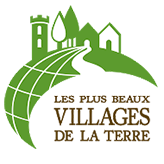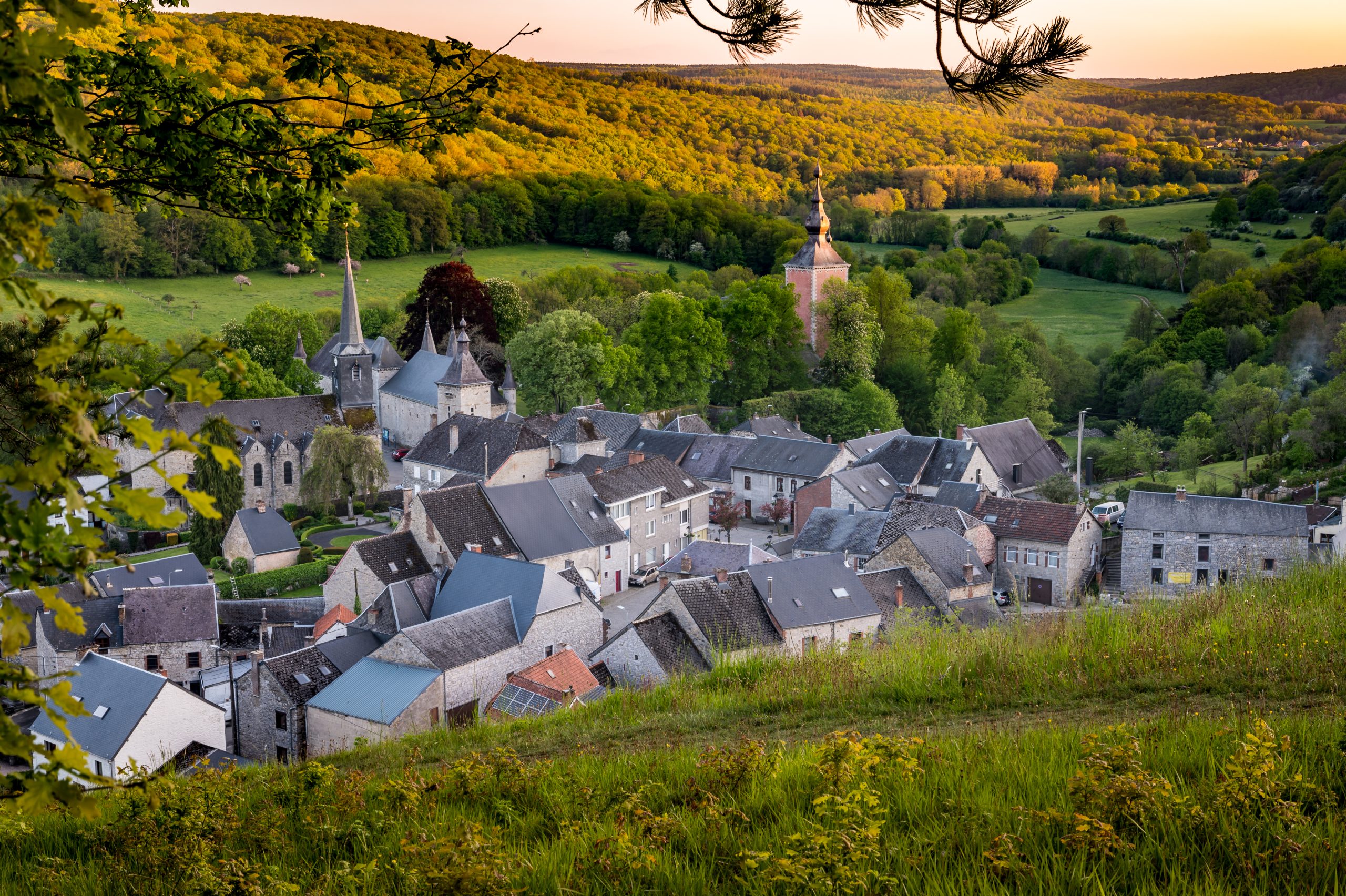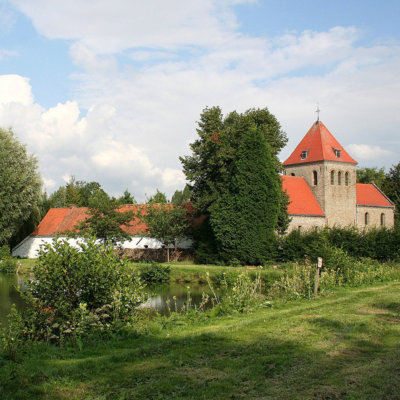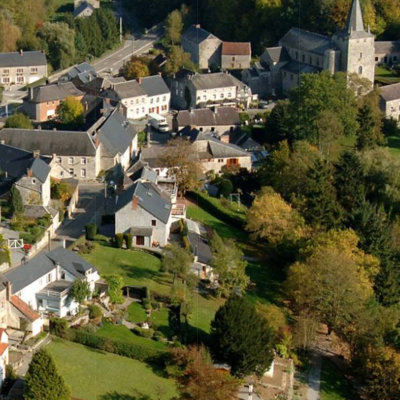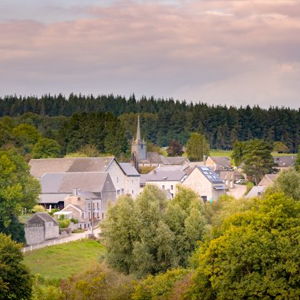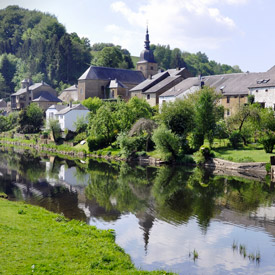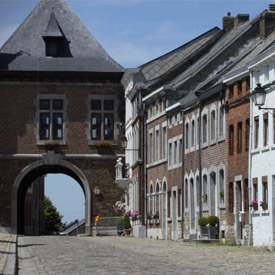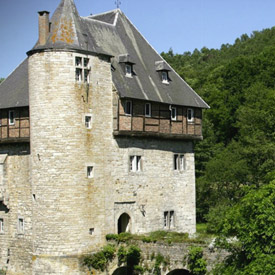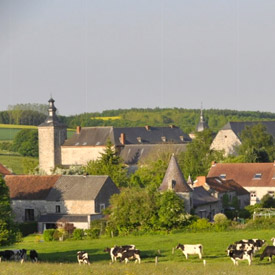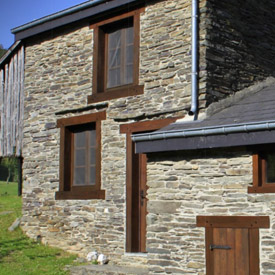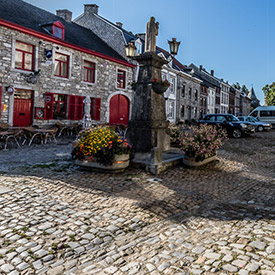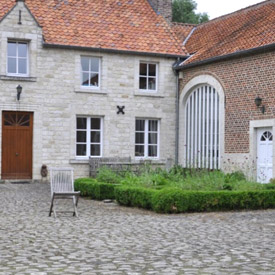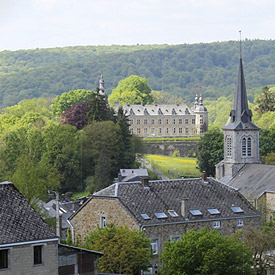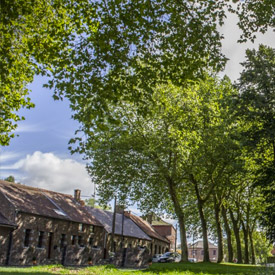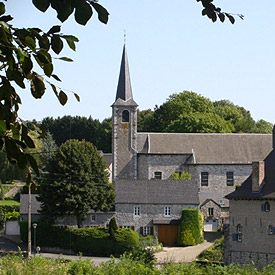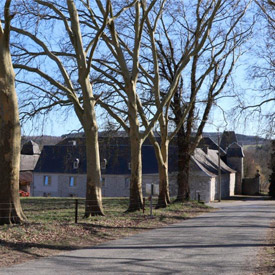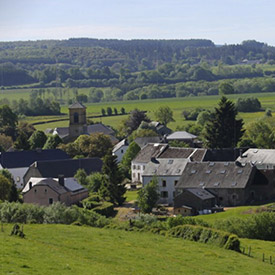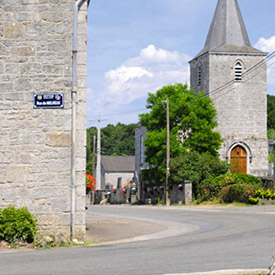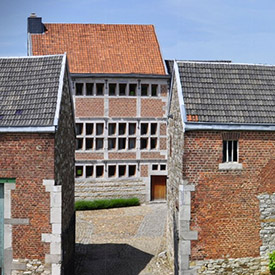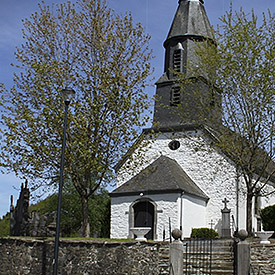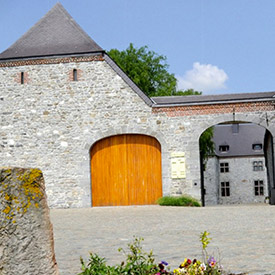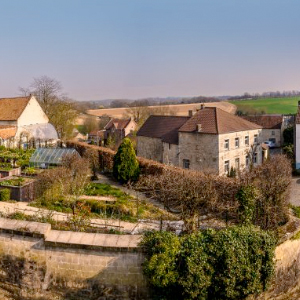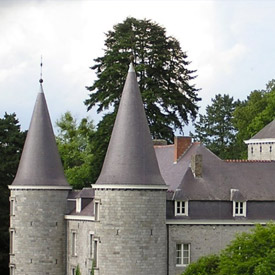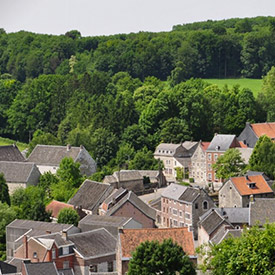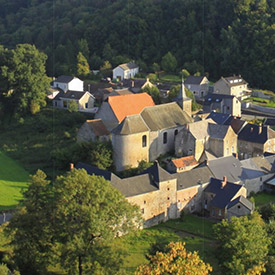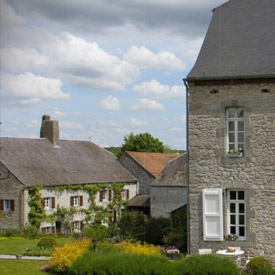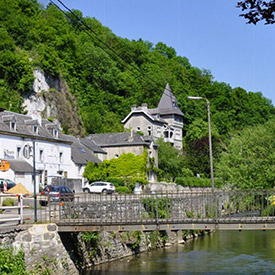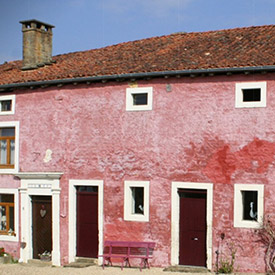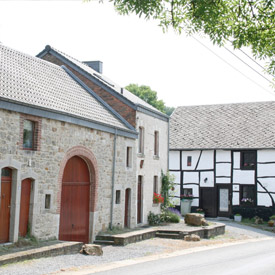In 1994 the association “Les Plus Beaux Villages de Wallonia” was created by Mr. Alain Collin, of Chardeneux (Somme-Leuze), during the Conference on Tourism of the Province Namur. Based on the experience of the “Most Beautiful Villages of France”, created by Mr. Ceyrac.
Our goal is to promote, preserve and enhance the image of a rural Wallonia through a mosaic of picturesque villages and landscapes.
• Preserving the authenticity of villages
Building a network of associations and cultural dynamics
• Implement a policy of sustainable development
Based on the protection of the architectural heritage of
the villages and of regional identity-related products
• Amplify awareness of the network
Supporting a conciliatory policy towards resident comfort while
ensuring visitor satisfaction
• Ensure recognition of the specificity of villages by public authorities
(EU, state, region, …)
Visit the Plus Beaux Villages de Wallonie website at www.beauxvillages.be to find out more.
Road map, tourist guide, album…whether for practical or leisure purposes.
THE VILLAGES
Land of emotion and stone.Birthplace of the lords of Barbençon, the village was known for its glassmaking and marblework, as shown by one of the most typical streets: Rue des Marbriers. Along with the church and presbytery, it’s a key part of Barbençon’s heritage and lined with historic houses.
Chassepierre, showcasing the Semois! The charming village of Chassepierre sits in a narrow valley opening onto a stretch of the Semois. The dazzling white of the church punctuates the lush green landscape. In summer, the village hosts the “International Street Art Festival”, the oldest in Europe.
The village of Gros-Fays is typical of the Ardennes, made of scale walls and roofs. Away from main roads, the village is peaceful. No luxury here: the simple and sturdy traditional architecture echos the hard life of farmers in the Ardennes, working poor soils. Keep this in mind by the laundry basin, the fortified farm and the old brewery.

Right at the entrance of the village, the Saint-Willibrord chapel welcomes us and invites us to continue the path towards the center of the small village. Guirsch is one of the oldest villages in Arlon. Over the centuries, it has managed to preserve all its rich heritage. In 2010, its center was classified as a Walloon architectural complex.
A château surrounded by lush greenery. Mirwart is a small picturesque village where time seems to have stood still. Beautifully situated in lush greenery, Mirwart is surrounded by forests. Old farms and farmhouses appear unchanged: half-timbering, old stones and bricks are still the hallmarks of the architectural heritage.
The pearl of the Hauts-Pays! The origin of Montignies-sur-Roc dates back over ten centuries. This pretty village is part of Hauts-Pays Natural Park and owes its name to its position on a rock, overlooked by Our Lady Church. It stretches out on both banks of the Petite Honnelle and the upper village is crossed by the old Roman road joining Bavay to Flanders.
Most of the houses and farms have retained their 18th and 19th century layout. There are many interesting properties such as a “Porch-dovecote” marking the entrance to an 18th century farm in the Rue de la Vanne, an old half-timbered barn, old L-shaped or three-celled farms, or “La Cense Bivort” and its garden.
